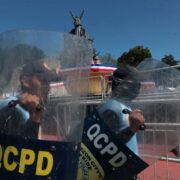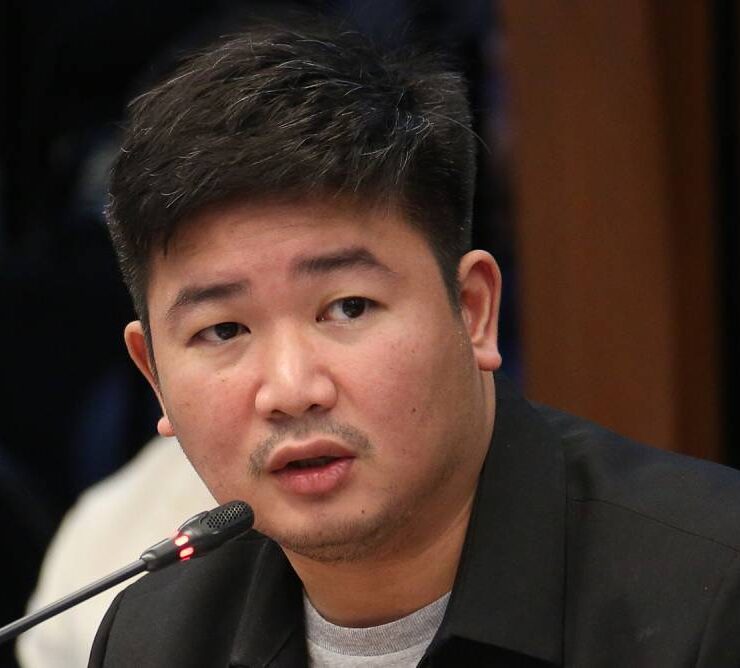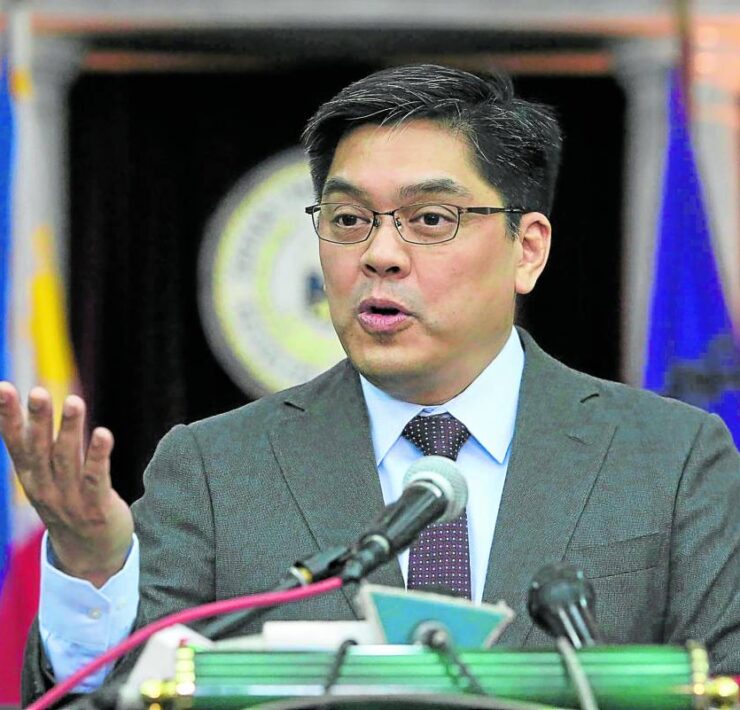The saga of unfinished buildings

The University of the Philippines Los Baños celebrates its 107th Loyalty Day and Alumni Homecoming this week, which kicked off with the annual alumni parade last Sunday, bringing back hundreds of the university’s alumni to their old haunts on the UPLB campus. Among the things that would have easily caught the visitor’s eyes are several shells of buildings and major constructions that have remained unfinished for years. These include a planned new university library and knowledge center that was started five years ago and remains a raw concrete shell to this date; the economic development studies building of the College of Economics and Management (CEM), which broke ground in January 2023 and also remains a bare concrete shell; the graduate school dormitory, which appears nearly finished but has remained idle and unused, years after construction began; the long-standing excavation of the university track and field grounds, which has been fenced off from public view for years; and still more around campus.
What these unfinished buildings and constructions have in common, we’re told, is that they are all being implemented by the now-infamous Department of Public Works and Highways. Meanwhile, UPLB recently had a groundbreaking and soft launch of a student coop dormitory, and Chancellor Jose V. Camacho Jr. is quick to add that this project is not being done by the DPWH, as if to reassure us that the project will be done on time and done right. It makes one’s blood boil to see great losses from construction stoppages of UPLB buildings (and many similar DPWH projects nationwide), yet for many years, so many ghost and substandard flood control projects have been quickly certified for full payment.
Why has this experience with unfinished buildings been all too common, including and especially in UP, a government institution by virtue of its being the premier state university? There are several reasons. At the outset, fragmented project ownership and accountability, where the end-user (UPLB) and the implementing agency (DPWH) are two different entities, lead to coordination breakdowns, especially when there are design changes, site issues, or procurement delays. UPLB cannot directly fix implementation issues or rebid the project because the budget and contract are with DPWH, which seems to feel no urgency to push for prompt project completion, especially when it’s outside its own premises or political priorities.
Commission on Audit (COA) reports give us other reasons. All too common and persistent are problems with the contractor abandoning a project when costs escalate, or at worst, when there is bad faith to begin with. Contractors commonly bid very low to win contracts, expecting to argue for increases once underway, and then walk away when the desired increases are not granted. Replacing defaulting contractors is a tedious process that can take DPWH years. By the time rebidding happens, prices would have risen and the appropriated budget is no longer sufficient, leading to indefinite suspension.
Procurement and auditing bottlenecks also arise from actions of COA itself, such as when minor contract variations or additional works require COA clearance and DBM fund releases, often taking months. The DPWH has also been reported to have frozen project disbursements when COA flagged procedural lapses, wary of possible disallowances. Some projects have remained unfinished for years simply because of pending COA observations or contractor appeals, for which no clear resolution mechanisms to untangle stalemates exist.
And then there are discontinuities that arise from leadership changes and the realignment of political support and funding priorities. This arises when projects are started as congressional insertions or local realignments, which succeeding legislators or administrators may decide to abandon. At UPLB, the CEM building was initiated by a legislator who is among its alumni, but whose influence diminished when the political leadership changed. Budgets for other UPLB buildings were apparently reallocated to “priority infrastructure” elsewhere, which could well have included spurious flood control projects. There have also been cases where DPWH’s school or office building specifications fail to meet UP’s higher construction standards (like for laboratories), leading UP engineers to refuse acceptance of the finished work, citing structural or functional deficiencies.
Long before the flood control scandal broke out, the DPWH had already earned for itself a bad name and had shown why other government entities like UP and many others ought to have the leeway to implement their infrastructure projects themselves. Why keep insisting that we all rely on a department that has proven itself unreliable, and worse, untrustworthy, for so long?
—————-
cielito.habito@gmail.com





















